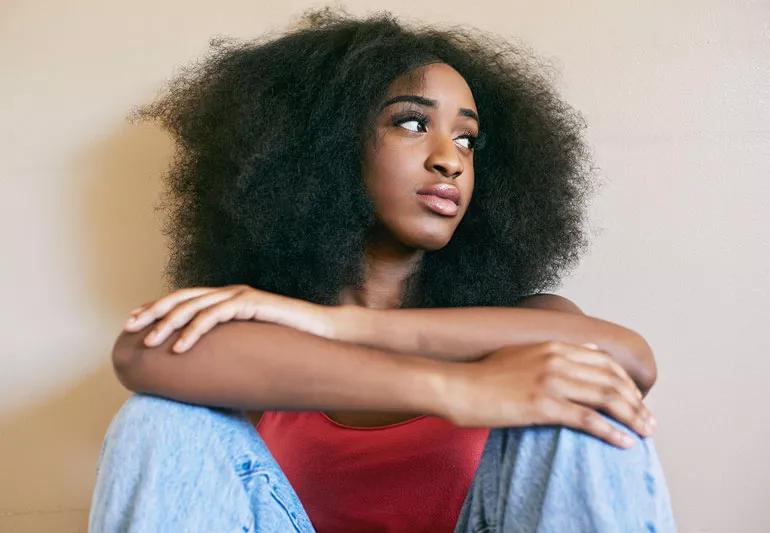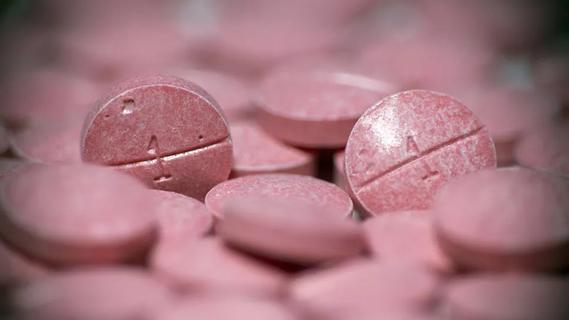Female anatomy comes in all shapes and sizes

People come in all shapes, sizes and colors. It should come as no surprise that female genital anatomy is also highly variable.
Advertisement
Cleveland Clinic is a non-profit academic medical center. Advertising on our site helps support our mission. We do not endorse non-Cleveland Clinic products or services. Policy
“The female anatomy can differ a lot from girl to girl or woman to woman,” says Ob/Gyn Oluwatosin Goje, MD. “And in one person, the appearance can change with age.”
Still, you might be wondering if your appearance is typical. Dr. Goje shares what counts as “normal” when it comes to your lady parts.
First, a quick refresher on anatomy. People often use the term “vagina” to describe female genitalia. But the vagina is what’s on the inside. It’s a stretchy tube that extends from the vaginal opening to the uterus.
The bits you can see from the outside are known as the vulva, which has several parts:
The way your labia look can differ a lot from person to person, Dr. Goje says.
Labia come in a rainbow of natural hues, from pink or purple to brown or black.
“It’s common for the labia to be a shade darker than the rest of your skin, especially in Black women,” Dr. Goje says. The color of the labia can also change. Labia might get paler as you age, or darker when you’re aroused. But if they’re suddenly bright red and inflamed, it could be a sign of infection (and reason to see your doctor).
Advertisement
The shape of the labia varies a lot from person to person. Some common shapes include:
Some women have larger labia, others smaller. And your labia can change with age. “As young girls grow, their vulva grows with them,” Dr. Goje says. “As you approach menopause, changing hormones can cause the vulva to shrink a bit.”
Some girls and women have what’s known as labial hypertrophy, enlarged labia. It can affect the inner or outer lips but is more common in the inner labia. The condition is harmless and just part of normal human variation, Dr. Goje says. Still, it can cause irritation or discomfort in some women when they do certain activities, like biking or horseback riding.
Most women can manage the discomfort with lifestyle changes, like avoiding certain activities or wearing different underwear. “But in some cases, women with an enlarged vulva can benefit from reduction surgery to make it smaller,” she says.
Like the external structures, women’s internal anatomy also varies. The average length of the vagina (the stretchy tube) is 4 inches, but it can be longer or shorter, wider or narrower. Size doesn’t really matter, though, since the vagina naturally stretches during sex and childbirth.
After having a baby, it may stay enlarged for a while. “For some women, it stays that way, but in others, it shrinks back to their pre-baby state,” Dr. Goje says.
Other women may have trouble inserting a tampon or having sex. They may think their vagina is too tight, but that’s rarely the case, Dr. Goje says. The feeling of a too-small vagina is typically caused by:
The feel of the vagina can change, too. The vaginal wall has natural folds that feel like ridges. “During perimenopause and menopause, those ridges can flatten,” she says. The vagina is no longer as stretchy as it once was, and sex can become painful. In these cases, hormone replacement pills or creams may help.
When it comes to the female anatomy, variation is the rule, not the exception. “It’s OK if your vulva looks different than everyone else’s in the locker room,” Dr. Goje says.
Advertisement
But if you have any concerns, see your doctor. They can help make sure there aren’t any problems down south. Dr. Goje recommends talking to your provider if you have:
It may feel awkward to bring your concerns up to your doctor. But remember: Doctors have heard (and seen) it all, and they can help you get the care and treatment you need.
Advertisement
Learn more about our editorial process.
Advertisement

Bleeding is a risk and warrants taking care, but the reward of this lifesaving medication is great

Severe and debilitating headaches can affect the quality of your child’s life

With repeat injections over time, you may be able to slow the development of new wrinkles

Although it can be alarming, it’s normal to experience blood clots during menstruation

Stretch before heading outside, keep proper form and avoid jerking or twisting to throw snow

Type 2 diabetes isn’t inevitable with these dietary changes

Applying a hot or cold compress can help with pain